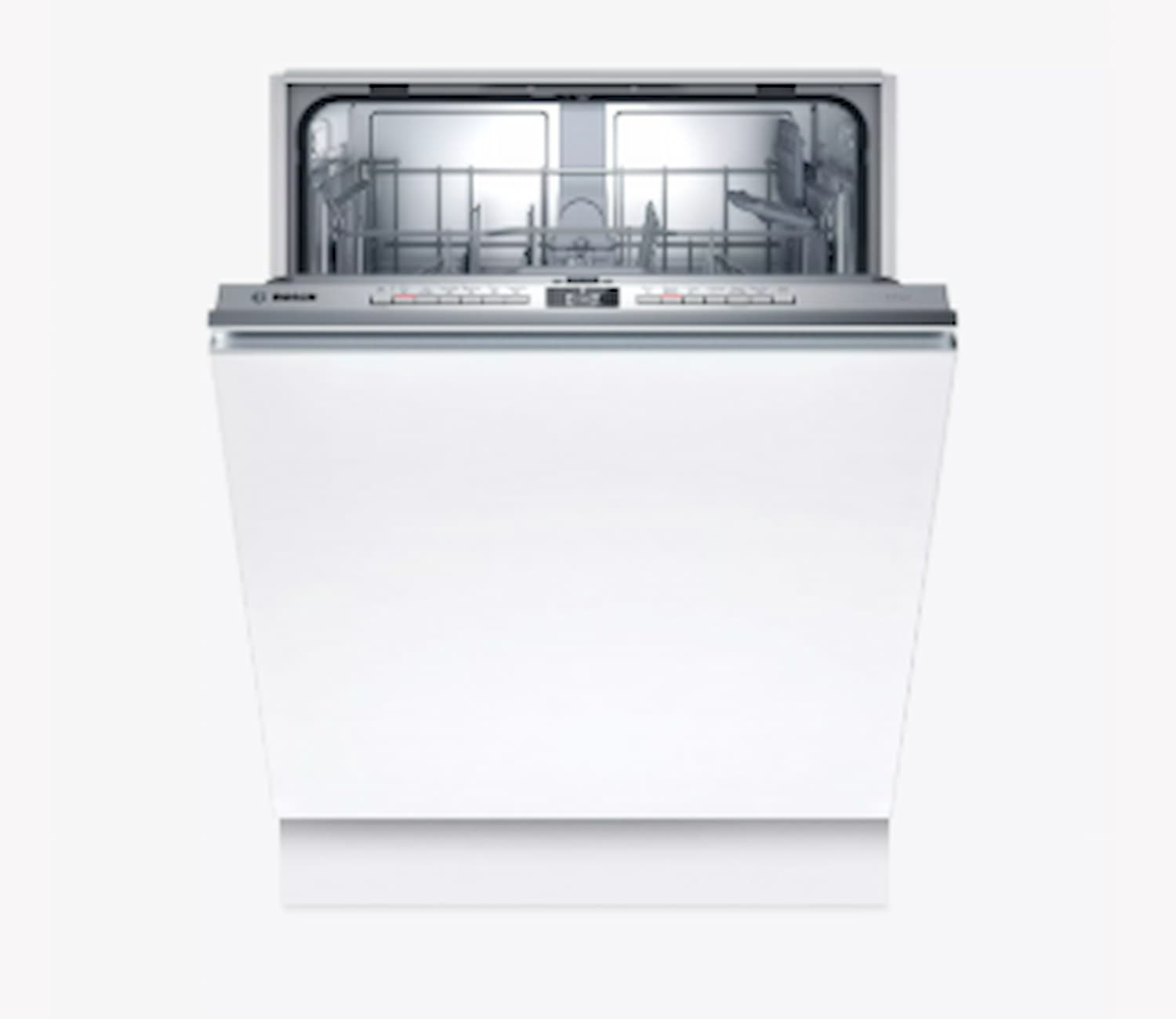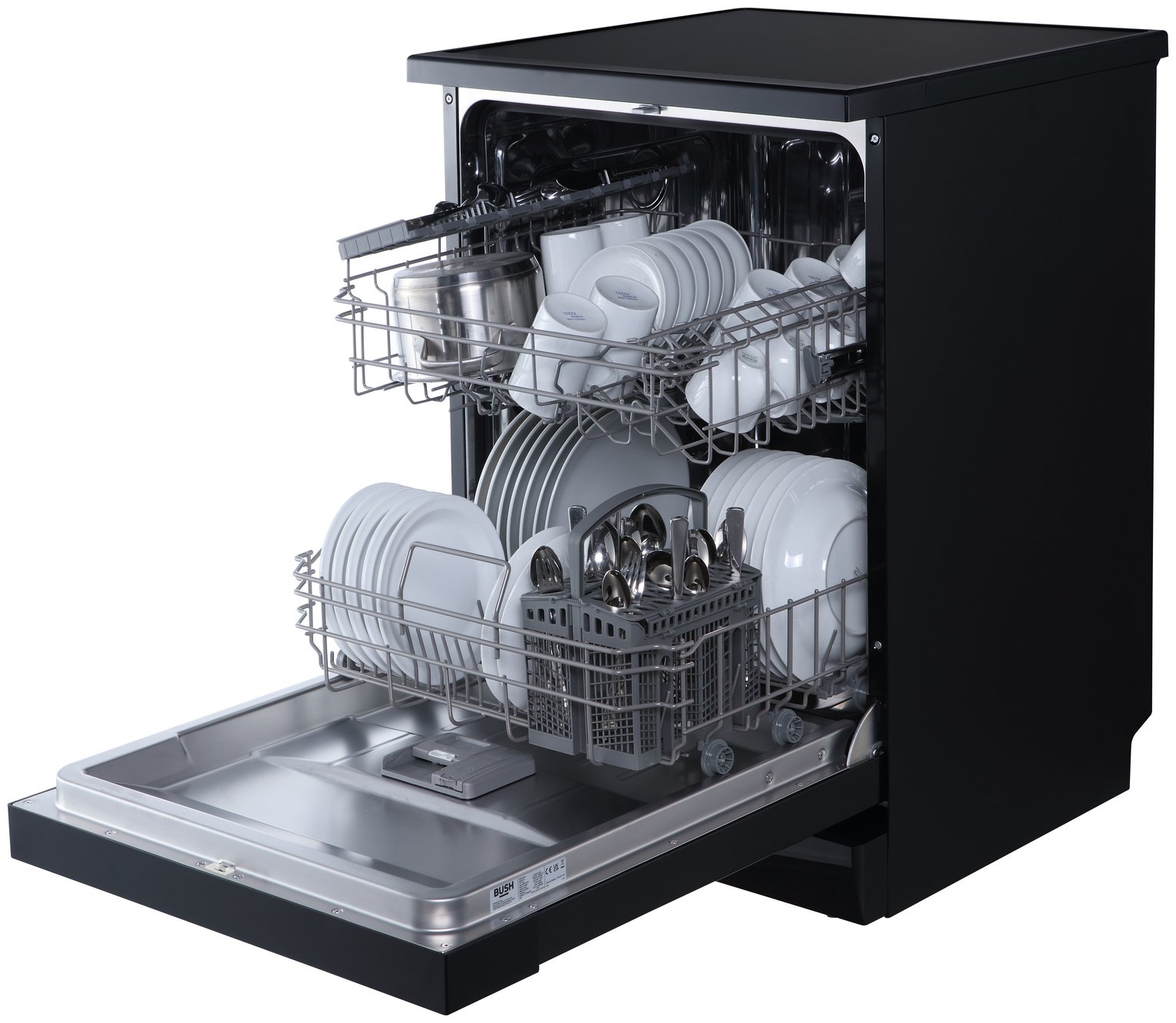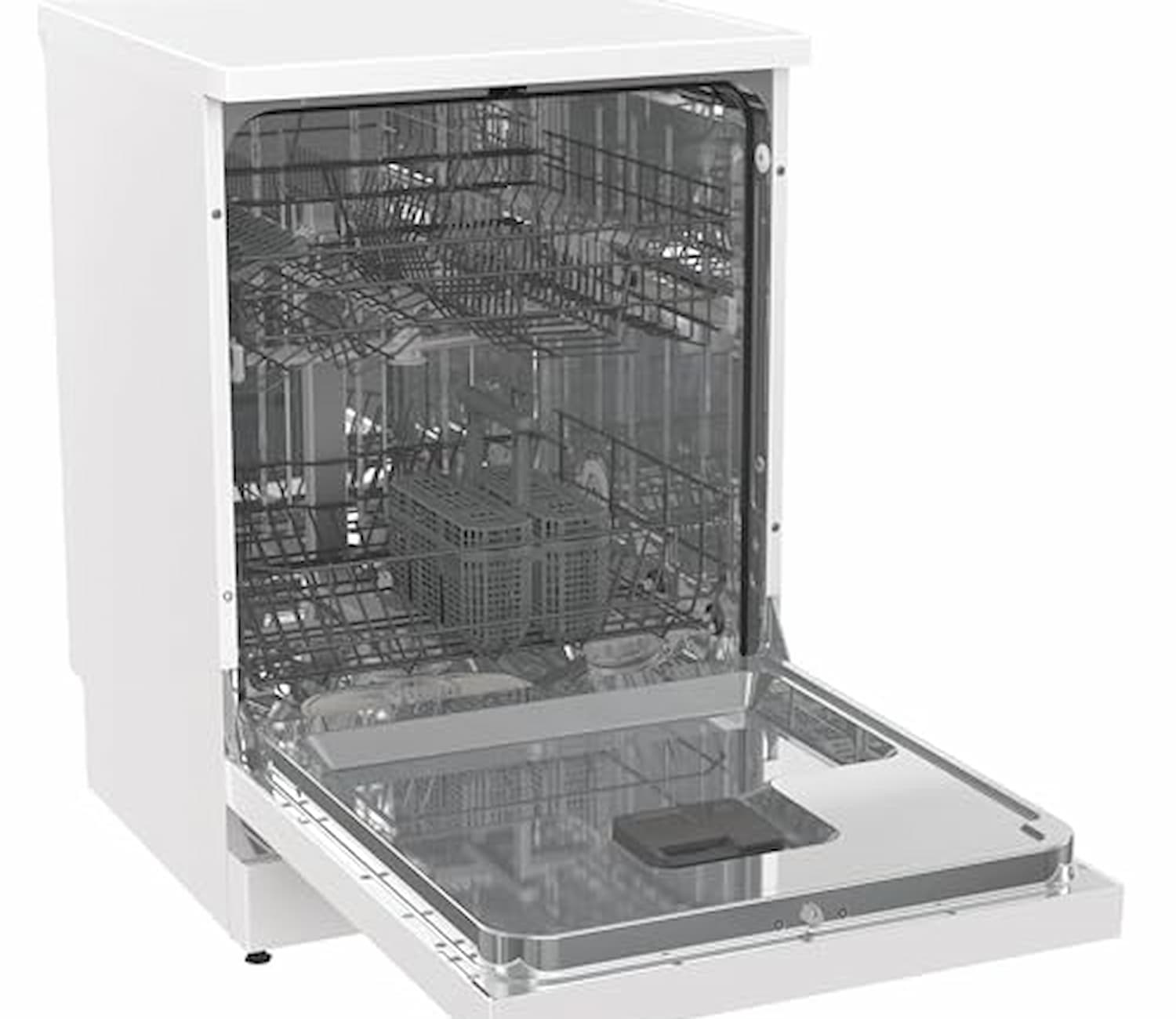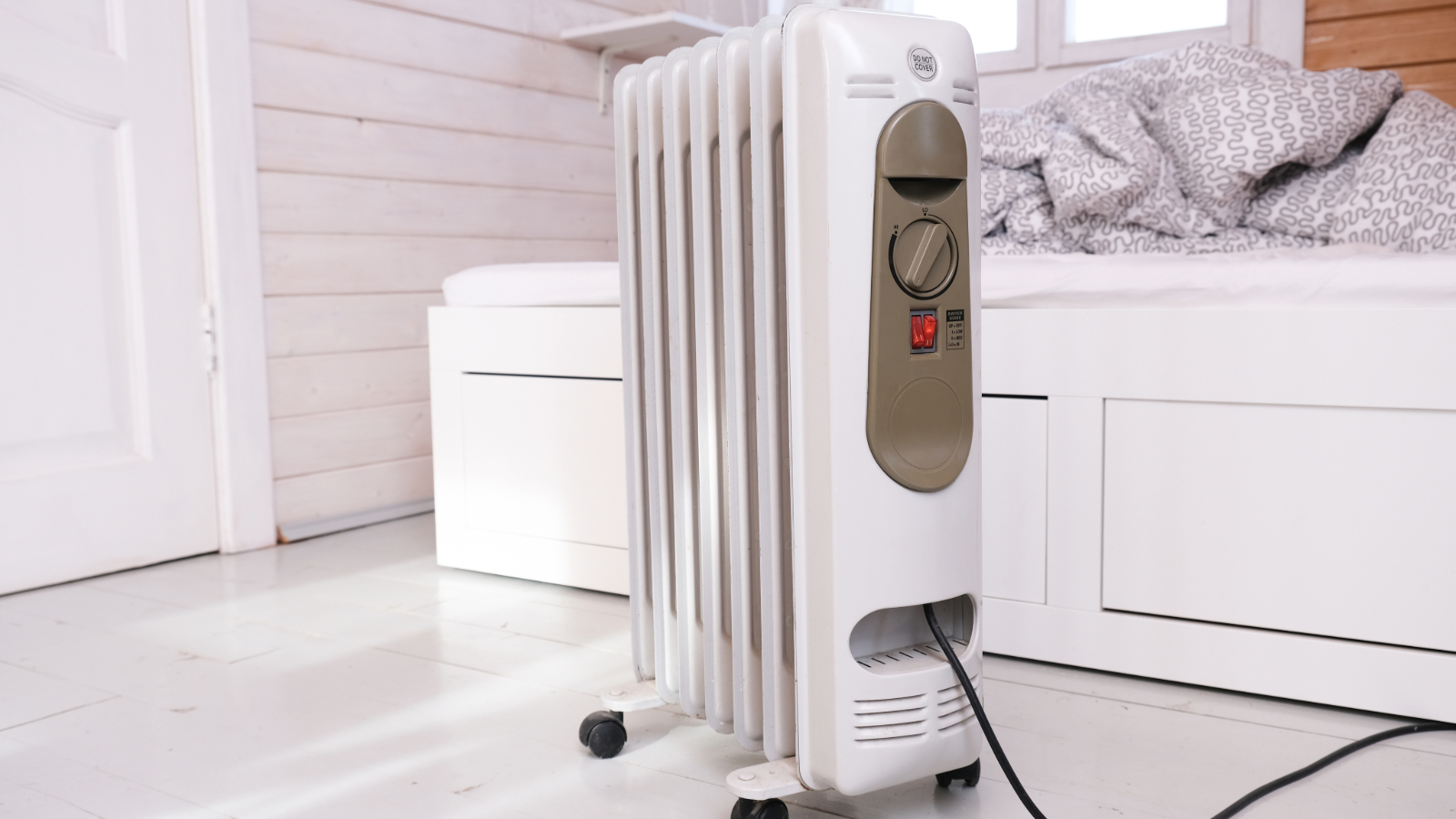How to plumb in a dishwasher in 7 easy steps
We asked an experienced tradesperson and a DIY expert for their tips on how to install a dishwasher
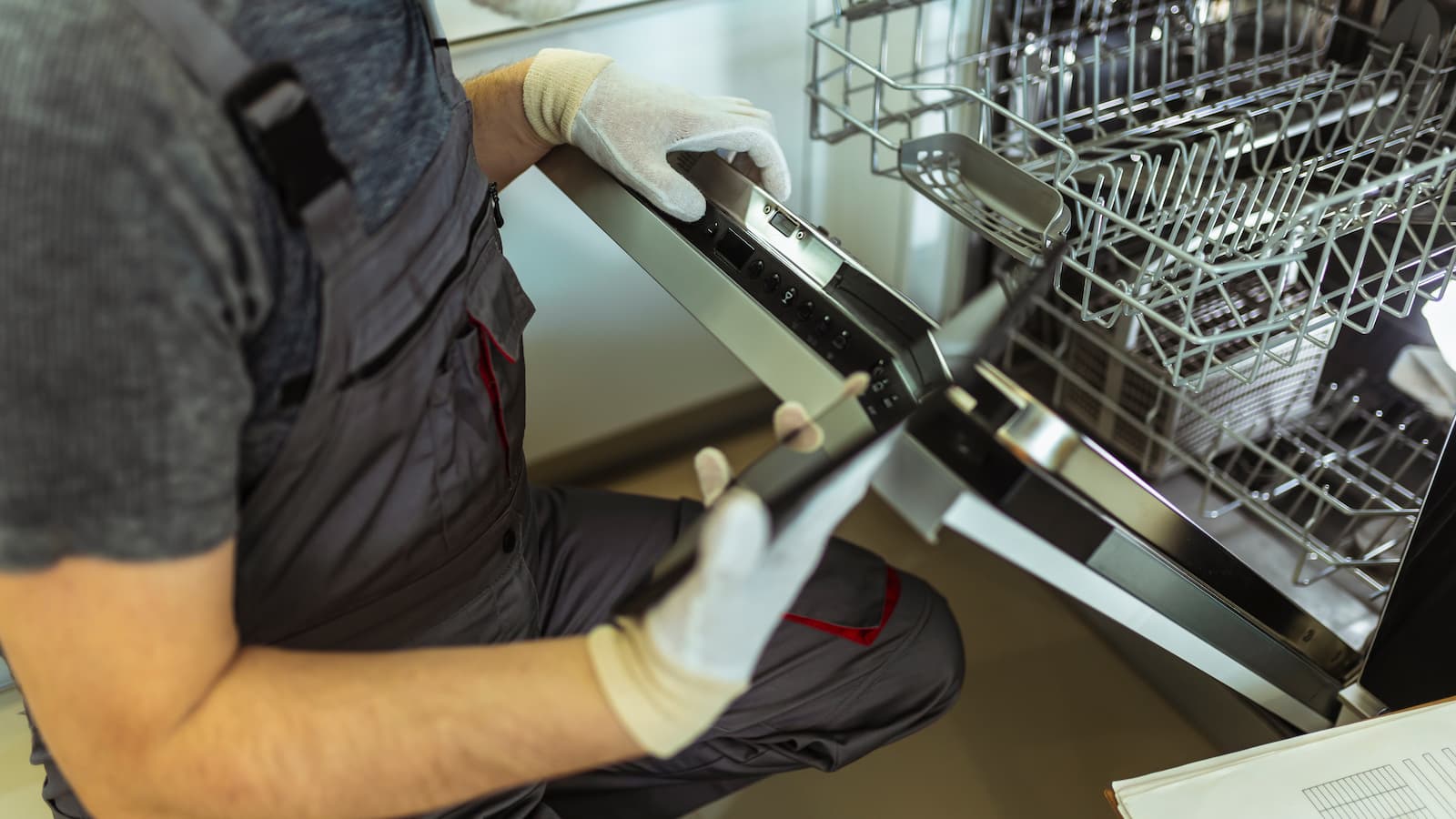
Plumbing in a dishwasher is a key part of creating a functional and efficient kitchen, especially when you’re in the process of choosing kitchen appliances that fit your lifestyle and design preferences.
Whether you’re installing a dishwasher as part of a full kitchen renovation or replacing an old unit, proper plumbing is essential to ensure everything runs smoothly.
We ask two experienced tradespersons their advice on how to plumb in a dishwasher and share their seven simple to follow tips to help you complete the task successfully.
1. Ensure you have the right set up
Steve Jenkins, Homebuilding & Renovating's DIY expert advises: "When plumbing in a dishwasher, it's key to ensure you have the right setup in place. Typically, you'll need a power point, a water supply, and a drain pipe – similar to what you'd need for a washing machine."
He adds: "If you're replacing an old dishwasher, all the necessary plumbing should already be in place. However, if you're installing one in a location without existing plumbing, you'll need to call in a plumber to extend or redirect the old plumbing, and an electrician if a new power point is required."

Steve is Homebuilding & Renovating's DIY content editor, and has been a writer and editor for two decades. He is an avid DIYer with over 20 years of experience in transforming and renovating homes. He specialises in painting and decorating, but has strong all-round building skills, having previously worked in the industry for 10 years.
2. Shut off the water supply and unplug appliances
Jonjo Bryant of Bryant Building Services, a Checkatrade tradesperson explains that “To plumb a dishwasher, firstly you’ll need to shut off the mains water supply.”
“If there isn’t a nearby ball valve, also known as an isolation valve, to control the water in that specific area, things can get complicated.
Bring your dream home to life with expert advice, how to guides and design inspiration. Sign up for our newsletter and get two free tickets to a Homebuilding & Renovating Show near you.
"Some properties lack isolation valves entirely, leaving all the pipes live – this should be taken into consideration.” In homes with a water tank in the loft, it may also be necessary to drain the system before beginning.
Steve Jenkins adds "make sure you have a bucket and old towels to collect water".
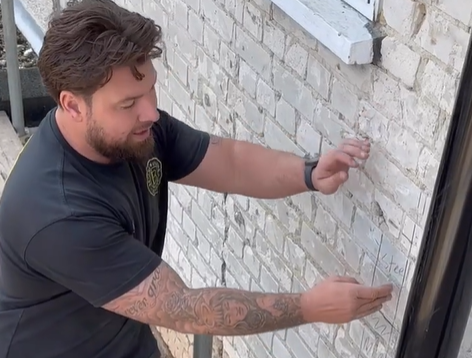
Jonjo Bryant manages Bryant Building Services, a company specialising in various aspects of the building industry, but with a particular focus on plumbing. He leads a team of experienced tradespeople.
3. Connect the cold water feed
Once the water supply is shut off or the system drained, the next step is to connect the cold water feed.
The dishwasher is equipped with a flexible pipe designed to attach to the cold water supply. Securely connect the flexible pipe to the cold feed, ensuring the connection is snug but not overtightened.
Bryant stresses the importance of proper attachment, stating: “Securely attach the dishwasher’s flexible pipe to the cold water supply. Ensure all connections are tight to avoid leaks.”
4. Make sure it fits and is level
Hopefully you will have ensured the dishwasher fits into whatever space it is going in but this is sometimes forgotten, Steve claims.
He says before moving the dishwasher goes in you need to "make sure it will fit under your countertop" and also that the dishwasher needs to be level when moving into place.
He advises to do this "use a spirit level and adjust the feet accordingly".
5. Set up the waste outlet
Next, the dishwasher’s waste pipe must be properly connected to the drainage system.
This typically involves inserting the waste pipe into a “swan neck” waste fitting, which is usually linked to the sink’s waste outlet or the property’s main waste system.
Ensure the pipe is positioned correctly to prevent backflow or drainage issues.
Our pick of the best dishwashers
6. Check for leaks
After the connections are in place, turn the water supply back on and check for any leaks.
Carefully inspect both the cold water feed and the waste pipe connections. If leaks are present, tighten the connections further or adjust the pipes as needed.
“Turn the water back on and carefully check for leaks in both the cold water pipe and the waste connections,” advises Bryant.
7. Turn the power on
Once the plumbing is secure, plug in the dishwasher and run a quick test cycle.
Observe whether water flows into the machine as expected and drains properly without any leaks.
Monitor the process for unusual sounds or signs of malfunction. As Bryant notes: “Once everything is in place, test the dishwasher to ensure it works as expected.”
When to call a professional
If you encounter any challenges or feel uncertain about the process, it’s wise to call in a professional, Bryant advises.
“I highly recommend hiring a professional to plumb a dishwasher. If you’re inexperienced, this will save time and help avoid potential issues,” says Checkatrade 's Bryant.
A dishwasher is an essential part of modern kitchen convenience, but its effectiveness starts with proper installation.
Whether you’ve chosen an integrated dishwasher that blends seamlessly with your cabinetry or a freestanding model that offers more flexibility, knowing the difference between built-in vs freestanding dishwashers can help you make an informed choice.
If unsure though it is always wise to seek expert advice on whatever kitchen appliance you look to install.

News Editor Joseph has previously written for Today’s Media and Chambers & Partners, focusing on news for conveyancers and industry professionals. Joseph has just started his own self build project, building his own home on his family’s farm with planning permission for a timber frame, three-bedroom house in a one-acre field. The foundation work has already begun and he hopes to have the home built in the next year. Prior to this he renovated his family's home as well as doing several DIY projects, including installing a shower, building sheds, and livestock fences and shelters for the farm’s animals. Outside of homebuilding, Joseph loves rugby and has written for Rugby World, the world’s largest rugby magazine.
